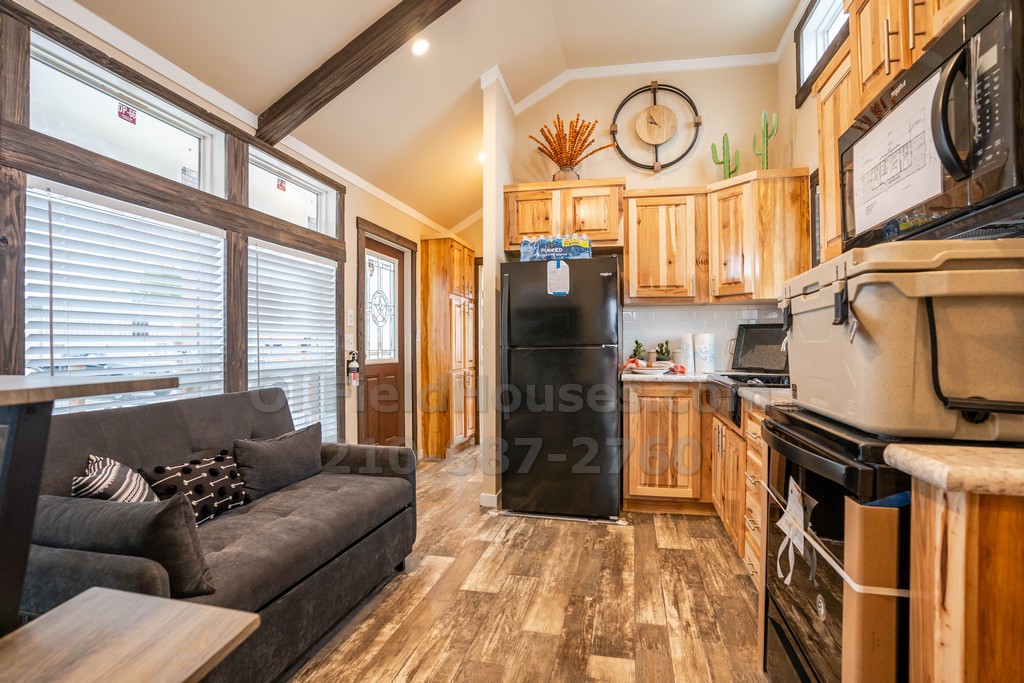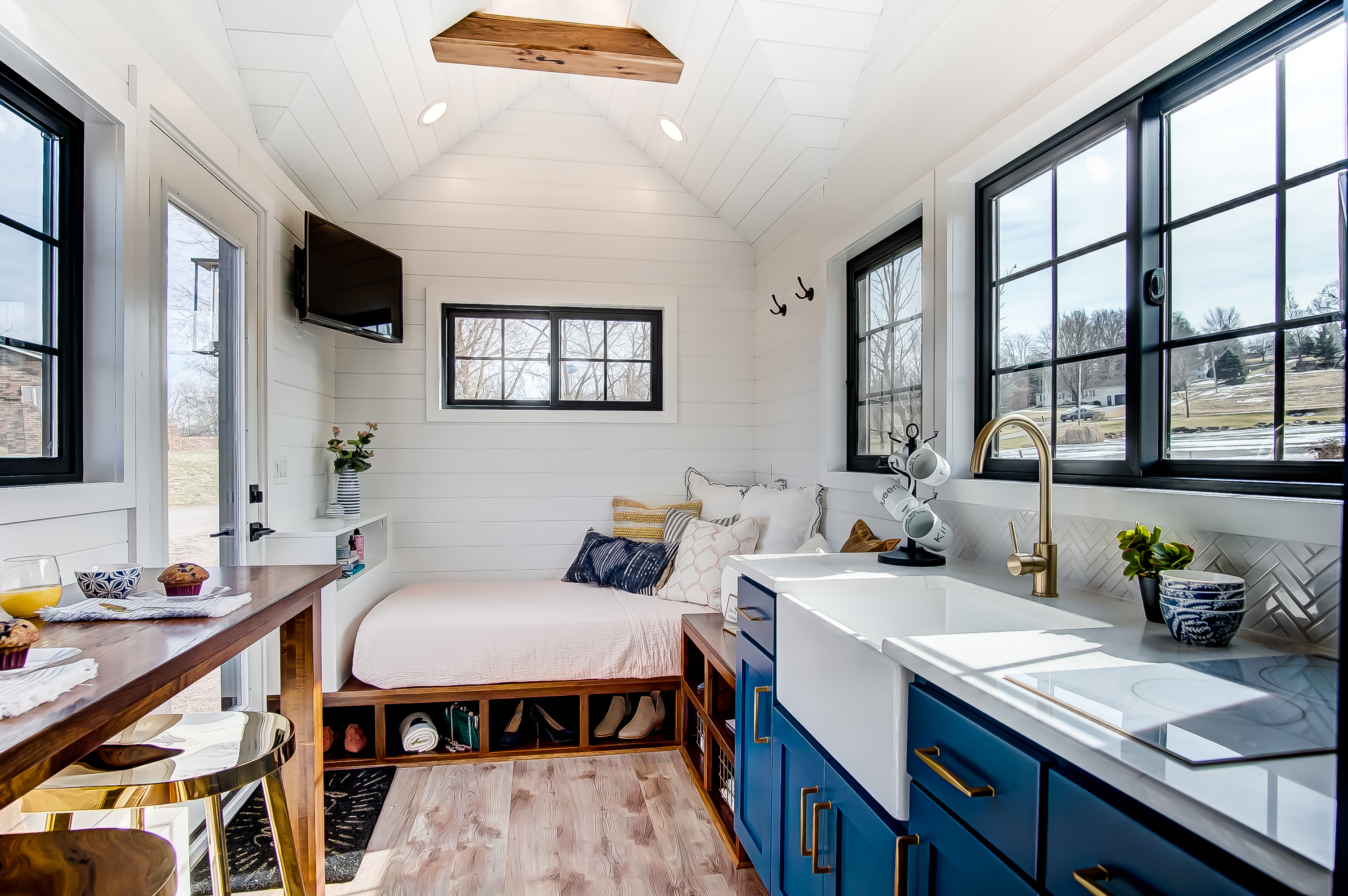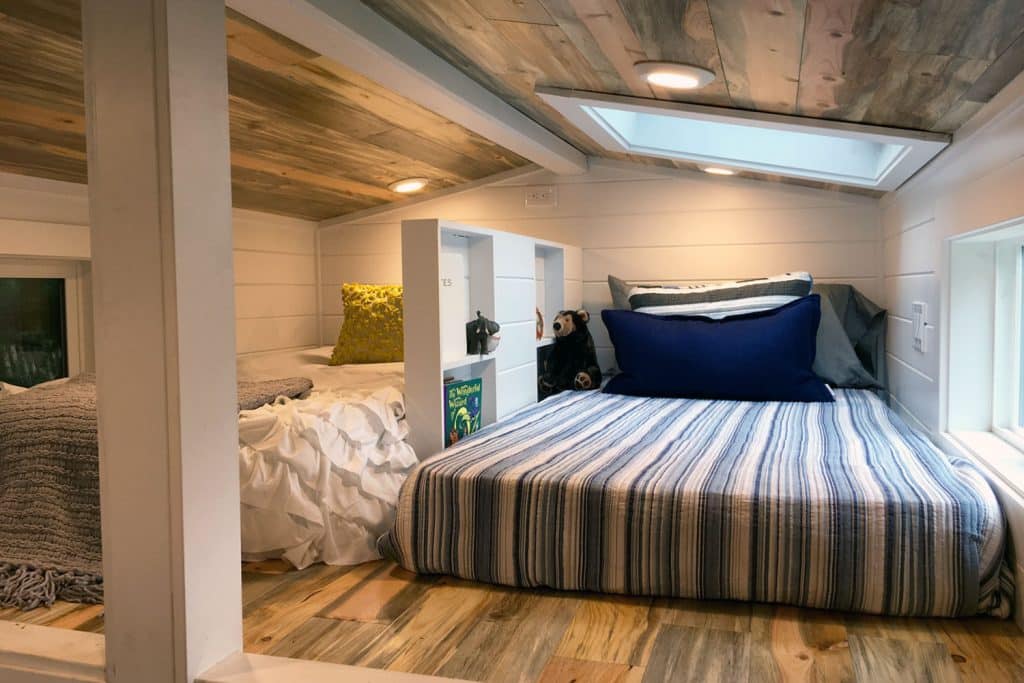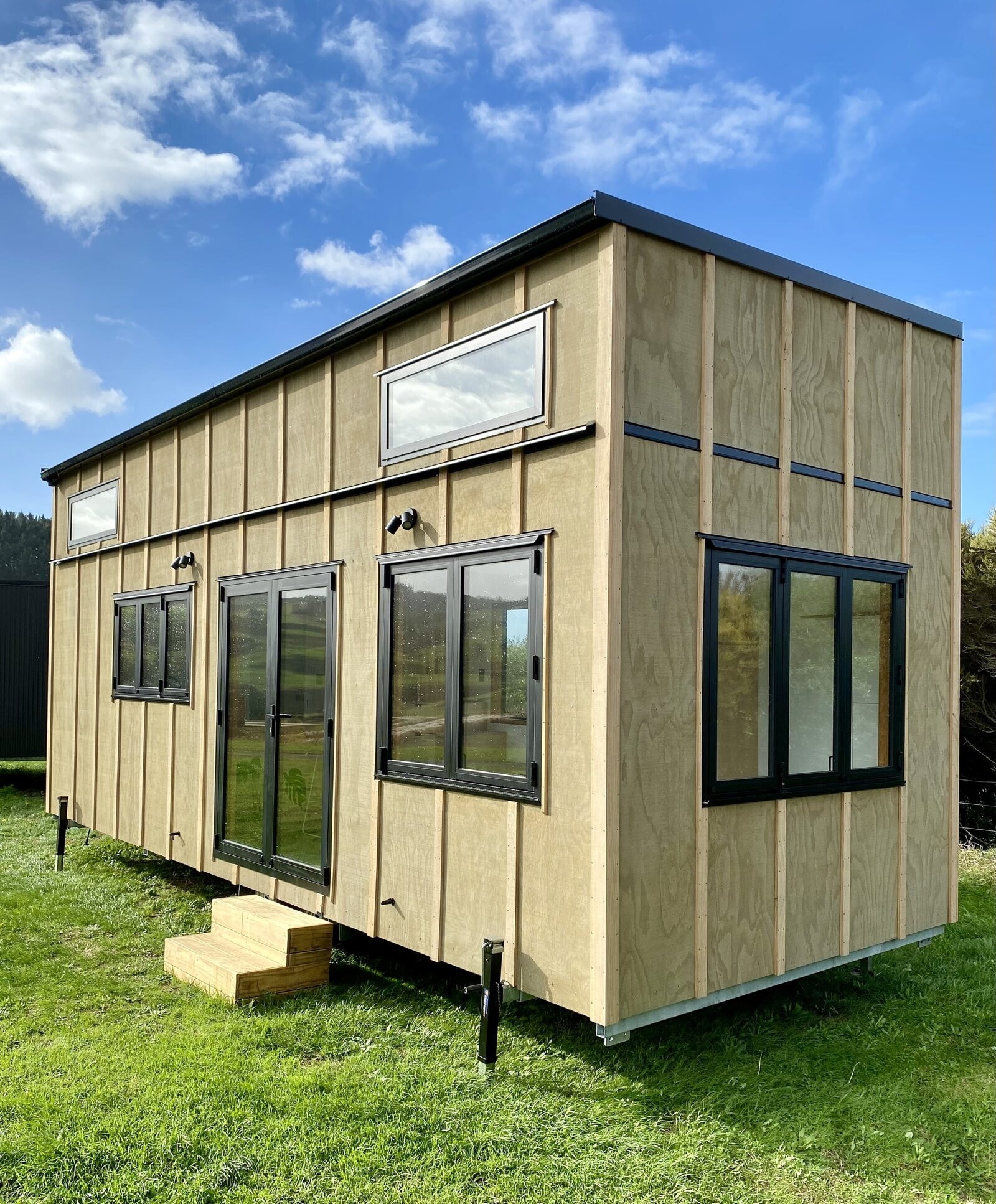Unlocking the Magic of Tiny Living: A Two-Bedroom Tiny Home’s Allure

As an interior design and architecture expert, I’ve seen firsthand the transformative power of a well-designed space, especially when it comes to tiny homes. These compact dwellings are more than just a trend; they represent a lifestyle shift, prioritizing simplicity, sustainability, and affordability.
But selling a tiny home isn’t just about showcasing square footage. It’s about capturing the essence of what makes this lifestyle so appealing. To effectively market your two-bedroom tiny home, you need to understand the needs and desires of your ideal customer.

Identifying Your Ideal Customer
Before diving into features and benefits, let’s define your target audience. Who is most likely to be drawn to a two-bedroom tiny home? Here are some potential personas:
- The Minimalist: This individual values simplicity and seeks a clutter-free life. They are drawn to the idea of owning less and experiencing more.
- The Eco-Conscious: Sustainability is a top priority for this customer. They are looking for a home that minimizes their environmental impact.
- The Budget-Conscious: This buyer is looking for an affordable housing solution, especially in areas with high real estate prices.
- The Adventurer: This person craves freedom and flexibility. They want a home that can easily be moved or transported to different locations.
- The Downsizer: This individual is looking to simplify their life and move into a smaller, more manageable space.



Key Features and Benefits to Highlight

Now, let’s explore the features and benefits that resonate most with these personas:
1. Space Optimization: Maximizing Functionality in a Compact Footprint

Features:

- Smart Design: A well-designed tiny home utilizes every inch of space efficiently. This includes:

- Multifunctional Furniture: Beds that convert into sofas, cabinets with hidden storage, and fold-down tables maximize versatility.
- Vertical Storage: Shelves, drawers, and wall-mounted organizers create vertical storage solutions, freeing up floor space.
- Built-in Appliances: Compact refrigerators, dishwashers, and ovens are seamlessly integrated into the design.

- Open Floor Plan: An open floor plan creates a sense of spaciousness, allowing for natural light to flow throughout the home.
- Strategic Use of Light: Large windows and skylights maximize natural light, making the space feel brighter and more inviting.


Benefits:
- Increased Functionality: Every square inch is utilized, maximizing the home’s functionality.
- Sense of Spaciousness: The open floor plan and smart design create a feeling of spaciousness despite the compact size.
- Minimalism: The efficient use of space encourages a minimalist lifestyle, fostering a sense of peace and clarity.

2. Sustainable Living: Eco-Friendly Design and Materials
Features:
- Energy Efficiency: The tiny home is designed to minimize energy consumption:
- High-Performance Insulation: Thick insulation reduces heat loss in the winter and heat gain in the summer.
- Energy-Efficient Appliances: LED lighting, Energy Star-rated appliances, and solar panels contribute to lower energy bills.
- Eco-Friendly Materials: Sustainable materials such as bamboo, reclaimed wood, and recycled materials are used in construction.
- Water Conservation: Low-flow fixtures and water-saving appliances reduce water consumption.
Benefits:
- Reduced Environmental Impact: Sustainable materials and energy-efficient features minimize the home’s carbon footprint.
- Lower Utility Costs: Energy-efficient design leads to lower energy bills, saving money in the long run.
- Peace of Mind: Living in a sustainable home contributes to a healthier planet and a more responsible lifestyle.
3. Affordability: A Cost-Effective Housing Solution
Features:
- Lower Purchase Price: Tiny homes typically cost significantly less than traditional homes, making them an attractive option for budget-conscious buyers.
- Reduced Maintenance Costs: The smaller size of the home requires less maintenance, resulting in lower upkeep expenses.
- Lower Utility Bills: Energy-efficient design and appliances lead to lower utility costs.
Benefits:
- Financial Freedom: Lower purchase and maintenance costs free up financial resources for other priorities.
- Financial Security: The affordability of tiny homes provides a sense of financial security and stability.
- Reduced Debt: Lower mortgage payments or the ability to pay cash for the home can significantly reduce debt.
4. Flexibility and Mobility: Embrace the Freedom of a Portable Home
Features:
- Mobility: The tiny home is designed to be easily transportable, allowing for relocation to different locations.
- Customization: The home can be customized to meet the specific needs and preferences of the owner.
- Off-Grid Capability: Some tiny homes are equipped with off-grid systems, allowing for living independently of traditional utilities.
Benefits:
- Freedom and Flexibility: The ability to move the home to different locations provides a sense of freedom and flexibility.
- Adventure and Exploration: The portability of the home opens up possibilities for travel and exploration.
- Independent Living: Off-grid capabilities allow for living independently of traditional utilities, providing a sense of self-sufficiency.
5. Community and Connection: Building Relationships in a Shared Lifestyle
Features:
- Tiny Home Communities: Many tiny home owners choose to live in communities designed specifically for tiny homes.
- Shared Spaces: These communities often offer shared amenities such as community gardens, laundry facilities, and gathering spaces.
- Strong Sense of Community: Tiny home communities foster a strong sense of community and shared values.
Benefits:
- Social Connection: Living in a tiny home community provides opportunities for social interaction and building relationships with like-minded individuals.
- Support System: Community members can provide support and advice, creating a sense of belonging.
- Shared Resources: Shared amenities and resources reduce individual costs and promote sustainability.
Marketing Strategies: Connecting with Your Ideal Customer
Now that you understand the key features and benefits of your two-bedroom tiny home, let’s discuss how to effectively market them to your ideal customer:
1. Highlight the Lifestyle:
- Focus on the emotional benefits: Don’t just talk about square footage; talk about the freedom, simplicity, and sustainability that tiny living offers.
- Use evocative language: Words like "freedom," "simplicity," "adventure," and "community" evoke powerful emotions that resonate with your target audience.
- Show, don’t just tell: Use high-quality photos and videos that showcase the beauty and functionality of the home.
2. Target Your Marketing Efforts:
- Identify your ideal customer: Use social media targeting, online advertising, and other marketing channels to reach your target audience.
- Attend relevant events: Participate in tiny home festivals, green living expos, and other events where your ideal customer is likely to be present.
- Partner with influencers: Collaborate with tiny home enthusiasts, bloggers, and social media influencers to reach a wider audience.
3. Tell Compelling Stories:
- Feature real-life tiny home owners: Share stories of people who have successfully transitioned to tiny living.
- Showcase the unique features of your home: Highlight the specific design elements and features that make your home stand out from the competition.
- Create a sense of community: Encourage potential buyers to connect with other tiny home owners and share their experiences.
4. Offer a Clear Call to Action:
- Make it easy for customers to learn more: Provide clear and concise information about your home, including pricing, specifications, and availability.
- Offer a free consultation or tour: Give potential buyers the opportunity to experience the home firsthand.
- Encourage them to contact you: Make it easy for customers to reach you with questions or to schedule a consultation.
Remember, selling a tiny home is about more than just selling a house. It’s about selling a lifestyle. By understanding the needs and desires of your ideal customer, highlighting the key features and benefits of your home, and using effective marketing strategies, you can successfully attract buyers who are looking for a more sustainable, affordable, and fulfilling way of life.

